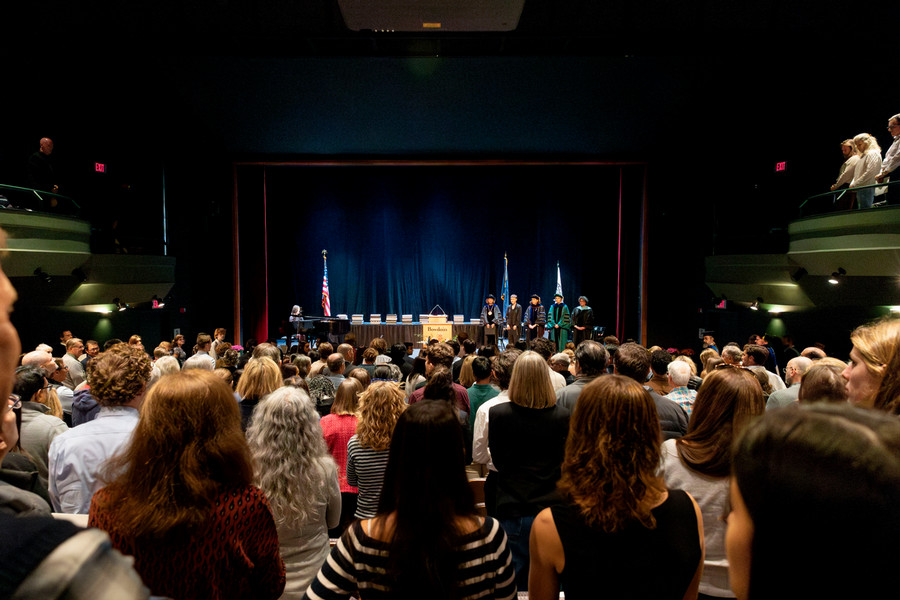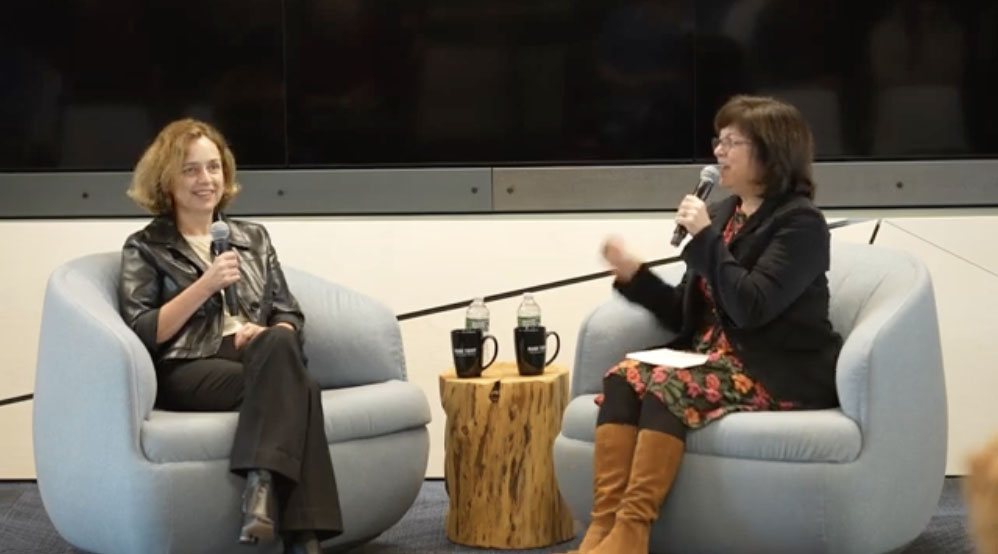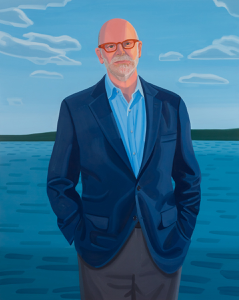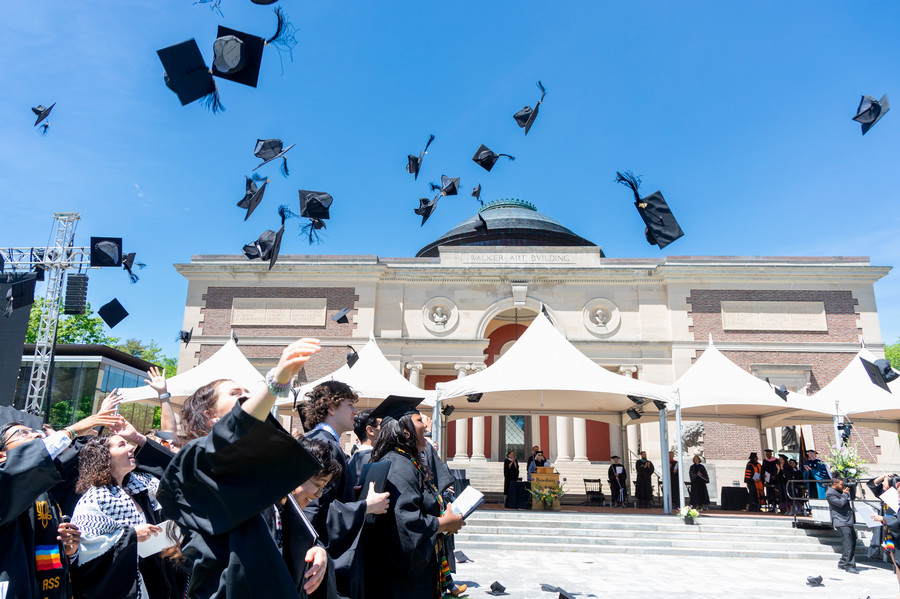Barry Mills: The Way Forward
Holding true to the liberal arts, and with an eye on innovation, President Barry Mills writes of the digital and computational approach to preparing students to be thoughtful and productive leaders.

I have written and spoken often over the past few years about how important it is for our students and faculty to learn the new mode of thought and inquiry that uses “big data” and computational analysis to solve problems. In doing so, I have not intended in any respect to diminish or deemphasize our traditional commitment to the liberal arts. Bowdoin and I remain dedicated to the liberal arts and convinced that a Bowdoin liberal arts education educates our students for lives as productive and committed citizens of our country and the world. And, in the short run, we are also convinced that earning a Bowdoin degree is a great way to get a job.
But, as I have written, computational thought and big data are part of a dynamic approach to solving problems and thinking about scholarship. The news media has popularized this notion in ways that cause some to think of these new advances as simply the newest fad or even as a dangerous development, but I am convinced that this new way of thinking about life and problem solving is this era’s addition to what a liberally educated person must know and understand—therefore it is Bowdoin’s responsibility to consider how we educate our students in this important new language and mode of analysis.
At most colleges and universities, this work is segregated in the department of computer science or maybe the math department. And there is no doubt that both computer science and mathematics are central to this capacity. However, our goal at Bowdoin is to educate all of our students and allow all of our faculty to understand this mode of inquiry and analysis in whatever field they choose to study or job they take after Bowdoin. That’s why we have created a Digital and Computational Studies Program led by Professor of Art History Pamela Fletcher, Professor of Computer Science Eric Chown, and R. Wells Johnson Professor of Mathematics Mary Lou Zeeman. There are many other Bowdoin faculty across the disciplines committed to this endeavor for Bowdoin, and I encourage you to study the program’s blog and website.
So, what’s different about Bowdoin’s approach? Unlike other colleges and universities, at Bowdoin we are incorporating this mode of inquiry throughout the disciplines.
This concept of digital and computational study is admittedly not so easy to get your arms around, whether you are a faculty member, a student, or a graduate of the College. For some, I have described it as being similar to the film “Money Ball” or to the work of Nate Silver, who predicts election results with data-driven analysis.
Our faculty have done some very interesting work to help advise students in thinking about whether to take a computer science course as the gateway to computer science or perhaps, instead, a new course in digital and computational thinking to be offered next year as a gateway to this mode of inquiry. This primer for our faculty on how to advise Bowdoin students explains in a concise and accessible manner the education we seek to provide for our community.
I am very enthusiastic about this new and developing innovative approach to the liberal arts at the College. This digital and computational approach is entirely consistent with our historic and traditional sense of the liberal arts, but it is innovative in its understanding that we are at a time when technology allows us to think differently about what we study or do in our workplace.
As we think about Bowdoin in the future, we must be confident and steadfast in our commitment to the liberal arts, but we must also be willing to consider what the concept of the liberal arts means in our new time. This isn’t about being “relevant”; it is about educating our students to be informed, thoughtful citizens who can lead their communities—the age-old purpose of the liberal arts.



